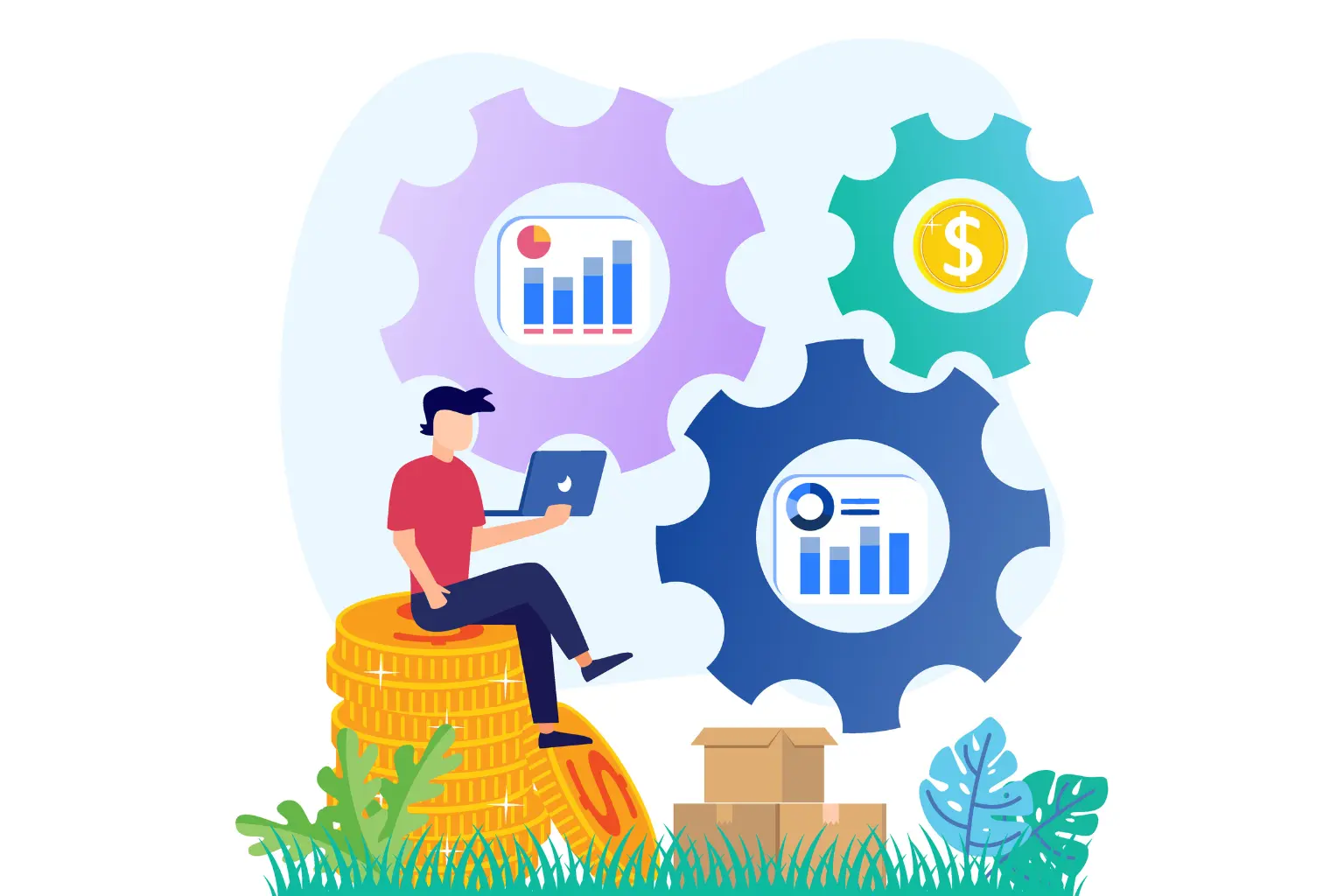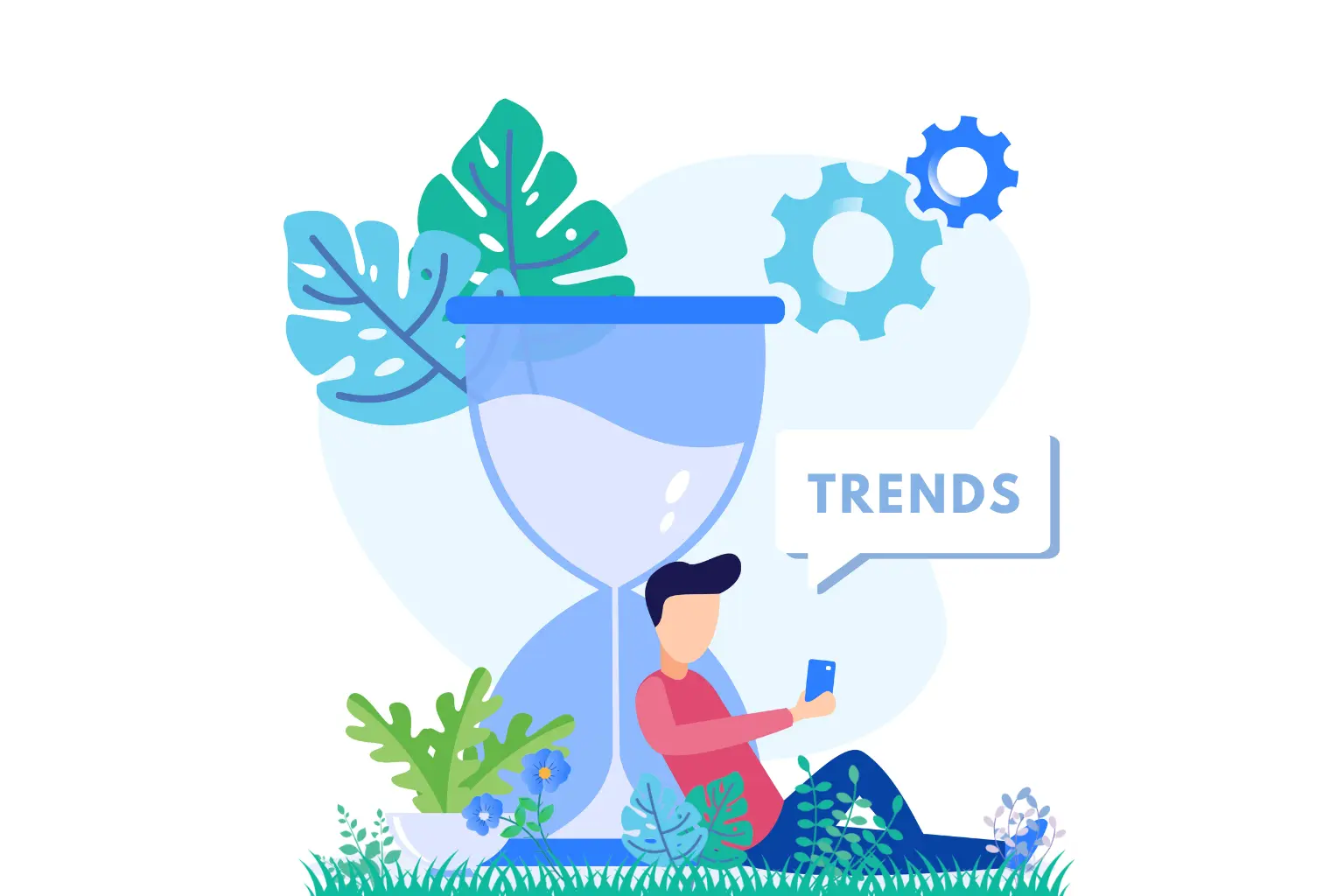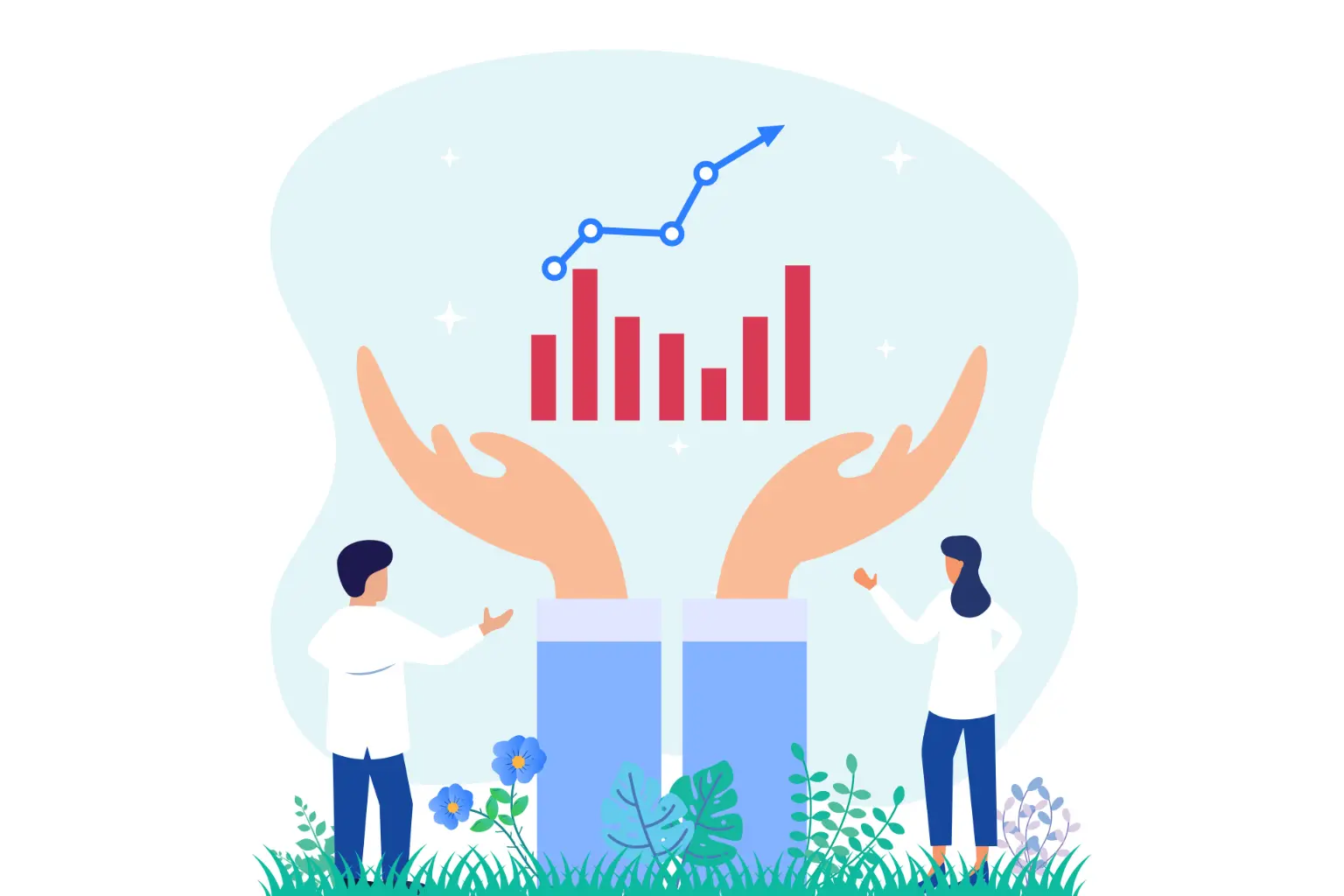Boosting sales productivity is a challenge for anyone managing a team of sales professionals. Over the years, it’s gotten increasingly hard to manage a team, achieve targets, and keep them motivated.
But what does the future hold for sales professionals? Will it get easier to manage sales productivity using technology, or will things tumble with rising challenges related to outbound sales?
In this blog, we will look at some prevailing and future trends that will define the future of sales productivity in a modern enterprise.
Current State of Sales Productivity

Currently, sales teams have hundreds of challenges and opportunities that need addressing.
One of the primary challenges in the current sales landscape is the ever-increasing competition. Businesses are vying for customers' attention in crowded markets, making it difficult for sales teams to stand out and secure deals.
This intensifying competition demands that sales professionals possess persuasive skills and a profound understanding of their products, industry, and, most importantly, their customers.
Information overload is another pressing issue impacting sales productivity. With the explosion of data and the proliferation of sales and marketing channels, sales representatives are often inundated with information. Sorting through this vast amount of data and identifying the most relevant insights can take time and effort, diverting focus from building relationships and closing deals.
Moreover, the complexity of sales processes and the need for more streamlined systems can hamper efficiency. Manual data entry, redundant tasks, and disjointed communication can slow the sales cycle and lead to missed opportunities.
Inefficiencies like these can hinder a team's ability to allocate time strategically, ultimately impacting their overall productivity.
Sales teams also grapple with the challenge of balancing personalization with scale. Customers now expect tailored experiences and personalized solutions. Meeting these expectations is crucial for building lasting relationships and fostering loyalty.
However, doing so at scale can be demanding, necessitating technology integration and automation without compromising the human touch.
On a positive note, the current state of sales productivity also presents significant opportunities. Technological advancements like customer relationship management (CRM) systems, sales analytics tools, and artificial intelligence (AI) applications empower sales teams with data-driven insights and actionable intelligence. These tools can help identify sales patterns, predict customer needs, and optimize sales processes, enhancing productivity and results.
Sales teams must navigate the competitive landscape, tackle information overload, streamline processes, and balance personalization and scale. By embracing technology, adopting data-driven approaches, and nurturing customer-centric strategies, sales professionals can rise above the challenges and unlock the full potential of their productivity in the modern business landscape.
Emerging Trends in Sales Productivity

The realm of sales productivity is witnessing a transformative shift driven by emerging trends that leverage advanced technologies and innovative methodologies. In this section, we'll explore some key trends shaping the future of sales productivity.
1. AI-Powered Sales Assistants
Artificial Intelligence (AI) is revolutionizing sales processes by introducing AI-powered sales assistants. These virtual assistants can analyze customer data, identify patterns, and provide real-time insights, enabling sales representatives to make data-driven decisions. AI assistants can also automate routine tasks, such as lead scoring, email follow-ups, and appointment scheduling, freeing up valuable time for sales professionals to focus on building meaningful relationships with clients.
2. Predictive Analytics and Sales Forecasting
Predictive analytics is becoming a cornerstone of boosting sales productivity. By analyzing historical sales data and customer behavior, sales teams can forecast future sales trends, identify potential opportunities, and anticipate customer needs. This data-driven approach empowers sales representatives with valuable information, allowing them to prioritize leads and tailor their sales strategies for maximum impact.
3. Sales Enablement Platforms
Sales enablement platforms are all-in-one solutions designed to equip sales teams with the tools and resources they need to excel. These platforms often include content management systems, sales training materials, performance analytics, and collaboration features. By centralizing resources and providing easy access to information, sales enablement platforms enhance efficiency and collaboration within sales teams.
4. Virtual Selling and Remote Collaboration
The rise of remote work and virtual interactions has significantly impacted the sales landscape. Sales professionals are increasingly leveraging video conferencing, webinars, and virtual demos to engage with customers across the globe. This trend not only expands the reach of sales teams but also reduces the need for extensive travel, resulting in cost savings and increased productivity.
5. Hyper-Personalization
Customers now expect personalized experiences and tailored solutions. Sales teams are responding by leveraging data and AI technologies to deliver hyper-personalized sales pitches, content, and recommendations. Understanding individual preferences and pain points enables sales representatives to build stronger relationships and increase the likelihood of successful conversions.
6. Sales Gamification
Gamification techniques are applied to sales processes to boost motivation and engagement among sales teams. By introducing elements of competition, rewards, and recognition, sales gamification incentivizes sales representatives to achieve their targets and fosters a culture of continuous improvement.
Predictions for the Future of Sales Productivity

The future of sales productivity holds immense promise as technology advances and customer expectations evolve. This section explores compelling predictions that will likely shape sales in the coming years.
1. AI-Powered Sales Ecosystem
Artificial Intelligence will play an even more significant role in sales productivity, evolving from assisting sales representatives to powering entire sales ecosystems. AI algorithms will analyze vast datasets to accurately predict customer preferences, buying behavior, and market trends. Sales teams will rely on AI-generated insights to craft personalized pitches and optimize their strategies, resulting in higher conversion rates and improved customer satisfaction.
2. Augmented Reality (AR) in Sales Presentations
AR will revolutionize sales presentations by offering immersive and interactive experiences. Sales representatives will use AR to showcase products virtually, allowing potential customers to visualize products in real-world settings. This technology will not only enhance the engagement of prospects but also facilitate better-informed purchase decisions.
3. Blockchain for Transparent Sales Transactions
Blockchain technology will be integrated into sales processes to enhance transaction trust and transparency. Smart contracts streamline negotiations, agreements, and payment processing, reducing delays and disputes. Customers will have increased confidence in sales interactions, leading to stronger relationships and repeat business.
4. Remote Sales Enablement
Remote work and virtual collaboration will continue to be prevalent, impacting how sales teams operate. Companies will invest in robust remote sales enablement strategies, including virtual training, seamless communication platforms, and remote access to sales resources. These measures will empower sales professionals to thrive in a digital-first environment.
5. Data Privacy and Ethical Selling
As data-driven approaches become more prevalent, ethical considerations surrounding data privacy and customer consent will become paramount. Sales teams must navigate stricter regulations and prioritize ethical selling practices, building trust with customers who value their privacy.
6. Hyper-Connectivity and Omnichannel Selling
Customers expect seamless experiences across multiple channels, and sales teams will adopt omnichannel selling strategies to meet these demands. Hyper-connectivity through mobile devices, IoT, and social media will enable sales representatives to engage with customers anytime, anywhere, offering a consistent and personalized experience.
7. Continuous Learning and Upskilling
Sales professionals will embrace a culture of continuous learning and upskilling to stay relevant in a rapidly changing environment. Continuous training in sales techniques, technology utilization, and soft skills will be crucial for maintaining high productivity and adapting to evolving customer needs.
The future of sales productivity holds remarkable potential for those who embrace technology, prioritize customer-centricity, and foster a culture of innovation and adaptation.

Conclusion & Call to Action
The future of sales productivity holds promise and challenges, driven by technological advancements. AI-powered sales assistants and augmented reality are set to reshape customer engagement, offering personalized experiences that differentiate businesses.
Centralized sales enablement platforms will empower professionals in the digital-first era. Upholding ethical practices and data privacy will cultivate customer loyalty. Embracing remote sales enablement and omnichannel approaches will ensure competitiveness by enabling seamless interactions across the interconnected landscape.
In this evolving sales landscape, adapting to change is key. By embracing these shifts and leveraging tools like Callyzer, businesses can position themselves for success in the ever-changing realm of sales productivity.
